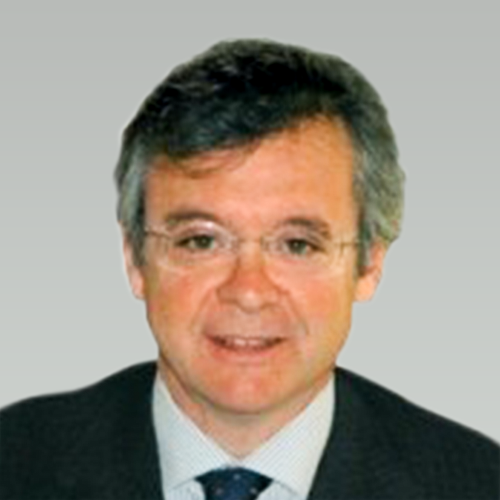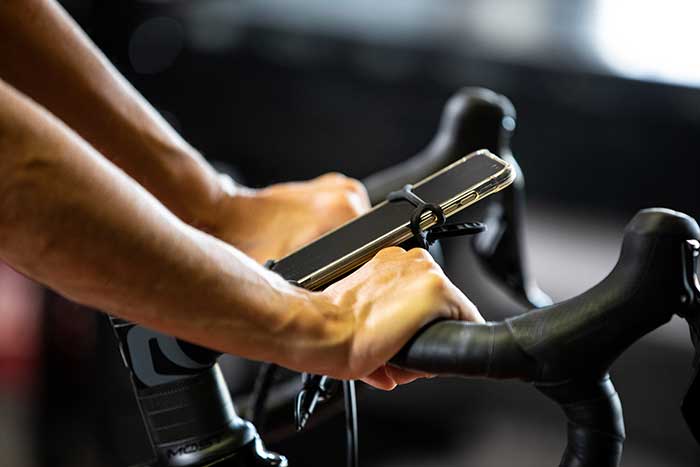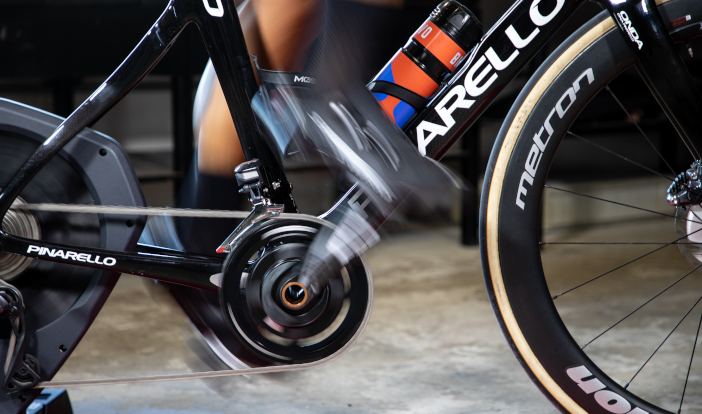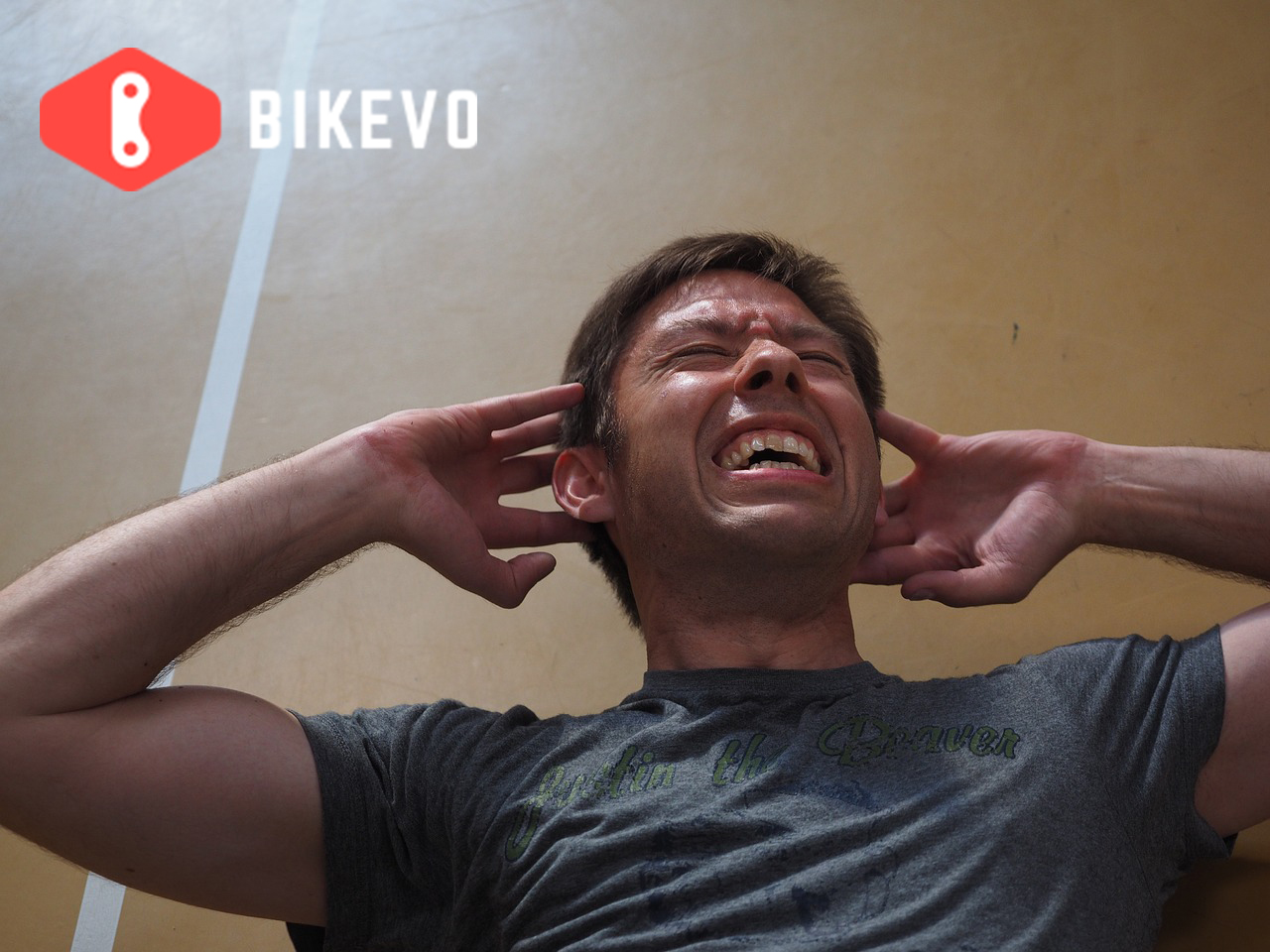While we are all familiar with that feeling of muscle soreness the morning after a day of intense training, few of us know its exact metabolic cause.
This feeling is called Delayed Onset Muscle Soreness (DOMS). It is the muscle’s physiological response to strenuous exercise to which it is unaccustomed. The pain and discomfort associated with DOMS usually reach their maximum levels between 24 and 48 hours after the physical activity and fade away after 96 hours.
Many believe that these sensations are caused by lactic acid, but it has been widely proven that there is no relation between lactic acid and DOMS. The level of hematic lactic acid and muscle lactic acid increase during intense anaerobic exercise, but go back to their normal range within 30 to 60 minutes after the workout. If lactic acid levels in the blood return to their normal values within such a short time and the symptoms of DOMS increase in the first 24 hours after the workout, there is no link between the two.
What exactly causes DOMS is still unknown. It is generally thought to be the result of mechanical and metabolic stress brought on by physical activity.
Muscle recovery is important for maximizing performance, especially in high performing athletes. Many of them experiment with methods to quicken this recovery. The results can be summarized in some simple advice:
- Immersion in water: hydrostatic pressure stimulates the musculovenous pump.
- Immersion in hot and then cold water: alternating immersion in hot and cold water provides an additional stimulus to the musculovenous pump, thanks to the alternation of vasodilation and vasoconstriction resulting from thermal shock.
- Exposure to extreme cold through whole body cryotherapy has been shown to be efficient against soreness caused by DOMS.
- Low frequency electrical stimulation.
- Taking Leucine supplements, an amino acid that activates the metabolic processes linked to recovery.
- Replenishing the glycogen muscle reserves and making sure to never start an intense training session or race without having taken in the right amount of pre-activity sugars.
- Regularly taking Omega-3 supplements. Omega-3 is an essential fatty acid found in our food. In the case of intense physical activity, it is advisable to take additional Omega-3 supplements. This nutrient has been demonstrated to have great anti-inflammatory properties and helps speed up the process of muscle reparation.
We will discuss the above issues one by one in more detail during the year

Gianluca Melegati
You might also be interested in



